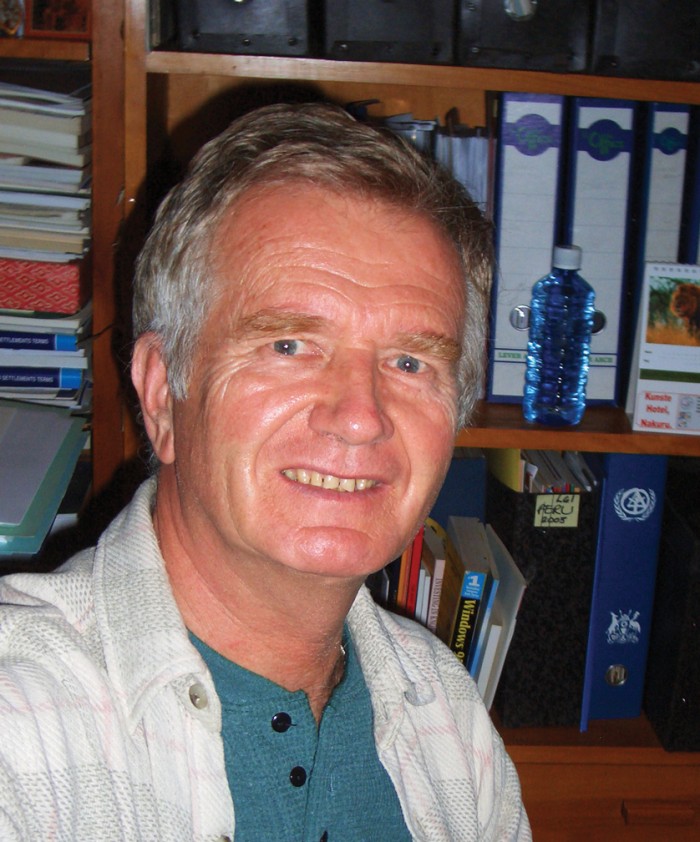When Tomasz Sudra was a PhD student at MIT, he was barred from his homeland. Since then, he has spent nearly four decades working to help the world’s urban poor improve living conditions in theirs.
Sudra grew up in Warsaw, Poland, in the Stalinist era. His career in urban planning and architecture was hampered by his refusal to join Communist organizations, so he came to MIT to broaden his opportunities. In 1971 the Polish government demanded his return. When he refused, Poland nullified Sudra’s passport and citizenship, despite pleas from MIT professors. “I remained in the U.S. as a stateless person,” he says.
Sudra traveled—on temporary papers—to Mexico City on a fellowship with slum improvement pioneer John F.C. Turner, then an MIT lecturer. “That started my involvement with developing countries and housing for the poorest people,” he recalls. “It became my thing for the rest of my life.”

While writing his dissertation on improving slums, Sudra bought a dilapidated house in Medford, fixed it up, and married Ines Kenka, a Swiss graduate of Lesley University.
Sudra then worked on an array of projects, including water supply and sewer planning in Brazil and Panama and slum improvement in Egypt. In Guadalajara, he ran the Mexican federal housing office in the state of Jalisco. During the 1970s, he also served as a lecturer at universities including Ibero-American University in Mexico City, Harvard, and MIT. In 1979, he became a U.S. citizen.
In 1984 the Sudras relocated to Nairobi, Kenya, with their young son and stayed. For 20 years Sudra ran training for UN–Habitat, the United Nations’ sustainable-development agency. He retired in 2003 and now consults for the U.N. on urban mobility, advising on bicycle paths in countries from Ethiopia to Colombia.
In 2011 the Sudras founded Watu Kwa Watu Charitable Trust, which upgrades schools in Nairobi slums. “We stop the rain pouring inside, deal with the latrines and the water supply, and help the orphans and extremely poor families with education,” he says. “It’s a small activity, but maybe it can motivate some people.”
The Sudras have two sons and a daughter, each living on a different continent. “We have a little hut on the shores of Lake Victoria. I love to go there for the most beautiful sunset in the world,” Sudra says. To help MIT students on their own life journeys, each year he donates to MIT’s Lloyd and Nadine Rodwin Fellowship Fund, which supports international travel fellowships.
Keep Reading
Most Popular
Large language models can do jaw-dropping things. But nobody knows exactly why.
And that's a problem. Figuring it out is one of the biggest scientific puzzles of our time and a crucial step towards controlling more powerful future models.
The problem with plug-in hybrids? Their drivers.
Plug-in hybrids are often sold as a transition to EVs, but new data from Europe shows we’re still underestimating the emissions they produce.
Google DeepMind’s new generative model makes Super Mario–like games from scratch
Genie learns how to control games by watching hours and hours of video. It could help train next-gen robots too.
How scientists traced a mysterious covid case back to six toilets
When wastewater surveillance turns into a hunt for a single infected individual, the ethics get tricky.
Stay connected
Get the latest updates from
MIT Technology Review
Discover special offers, top stories, upcoming events, and more.